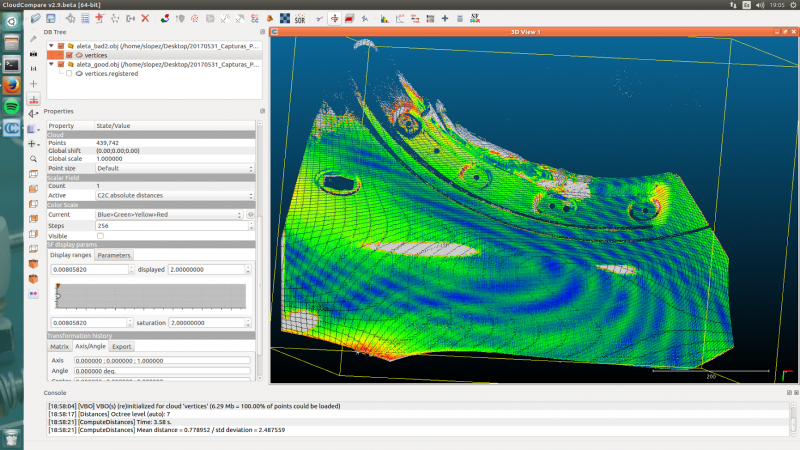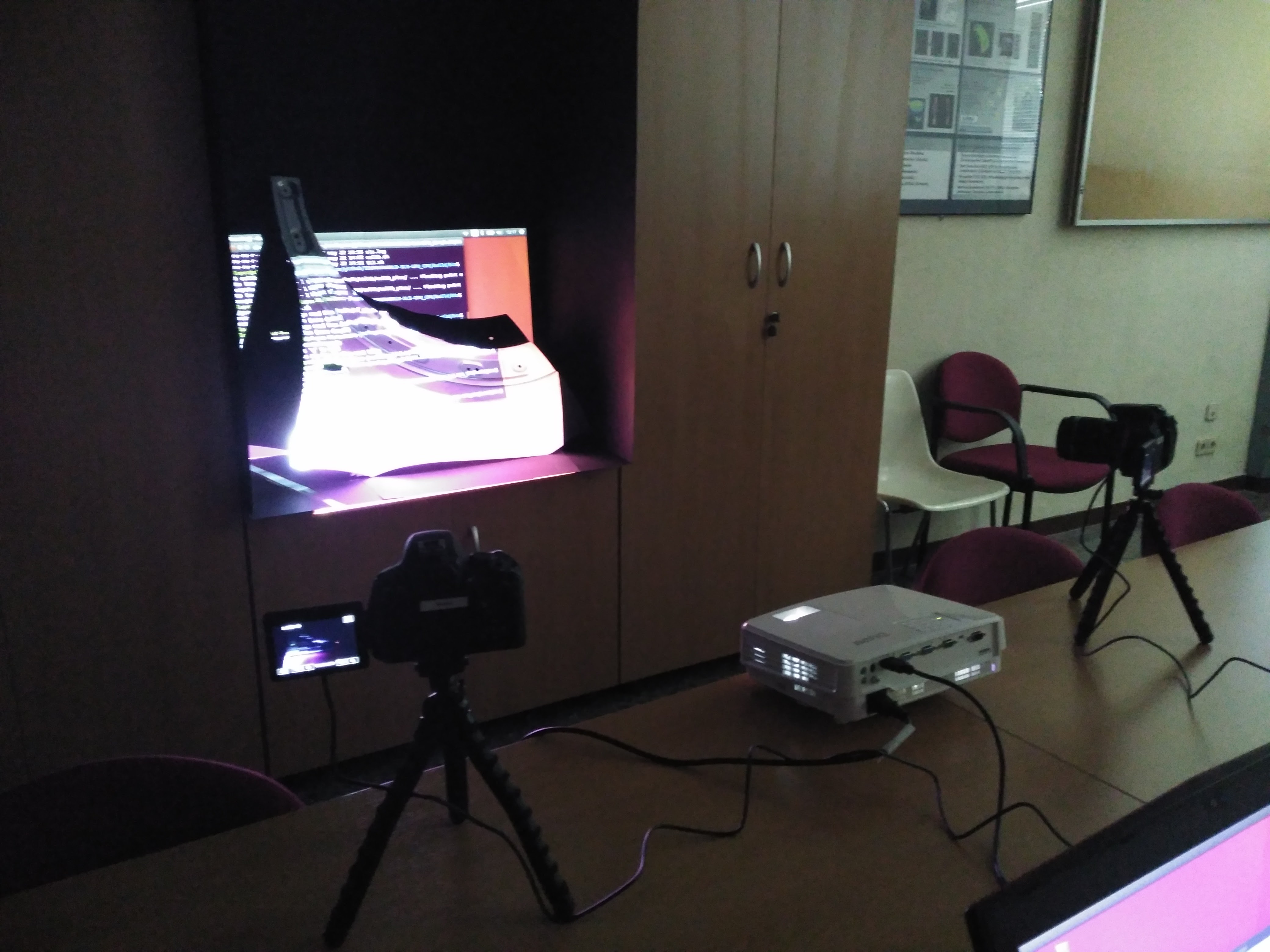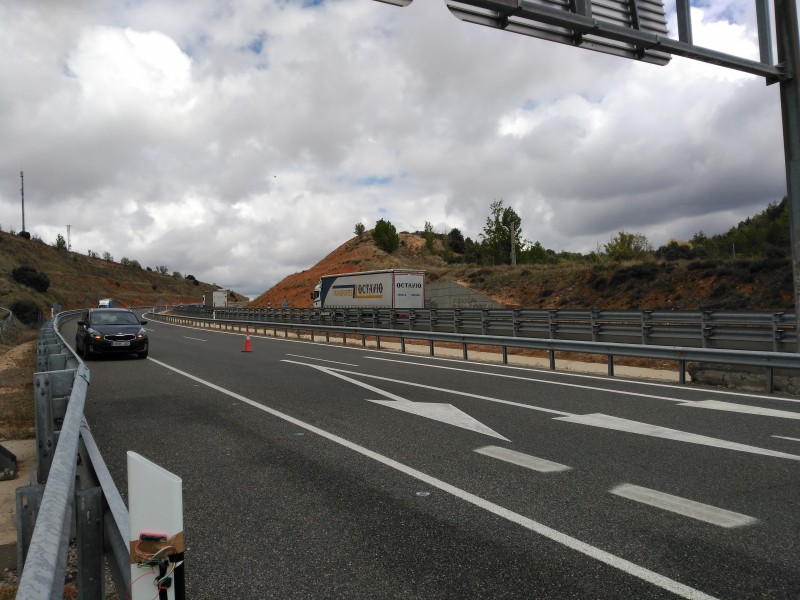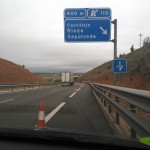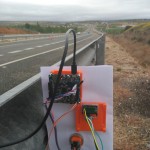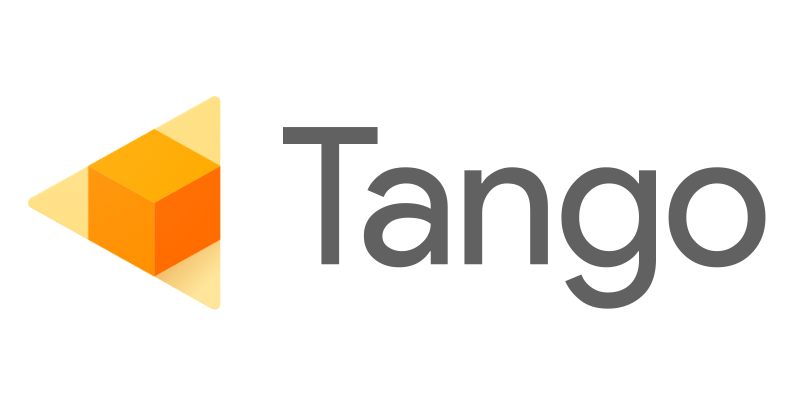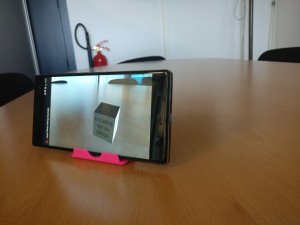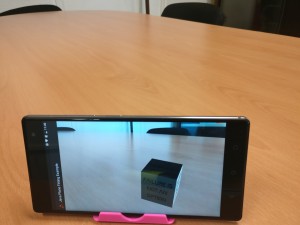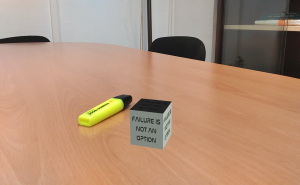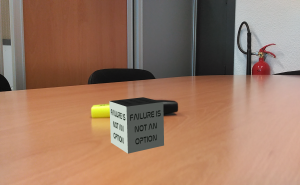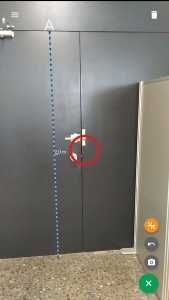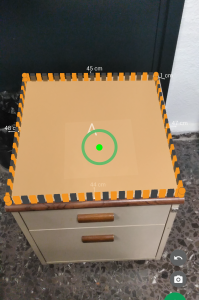Tango es una plataforma de visión artificial y realidad aumentada desarrollada por Google. Gracias a ella, dispositivos como smartphones y tablets pueden conocer y entender su posición en el mundo que les rodea sin necesidad de GPS u otras señales externas. Esto tiene múltiples aplicaciones como la navegación en interiores, el mapeo 3D, la medición de espacios físicos, el reconocimiento de objetos, etc.
El funcionamiento de la plataforma se basa en tres tecnologías principales: el seguimiento del movimiento (Motion Tracking) utilizando las medidas de acelerómetros y giróscopos en conjunto con las características visuales; el aprendizaje de área (Area Learning) que consiste en el almacenamiento de datos del entorno como espacios, paredes, puertas, etc; y la percepción de profundidad (Depth Perception) que permite entender las formas del entorno.
Para realizar todas estas acciones, Tango se basa principalmente en la información visual proporcionada por la cámara del dispositivo. Sin embargo, dado que los datos de profundidad y distancia a los objetos son clave, la plataforma no puede funcionar en teléfonos típicos con una sola cámara. De hecho, los dispositivos habilitados para ejecutar Tango cuentan además de con la cámara convencional, con un objetivo fish-eye para el seguimiento de movimiento y con un emisor-detector de infrarrojos para medir la profundidad. En la actualidad solo existe en el mercado uno de estos dispositivos, la phablet Lenovo Phab 2 Pro.

En el laboratorio B105 hemos adquirido uno de estos dispositivos ya que vamos a utilizar Google Tango en uno de nuestros proyectos de investigación. En las siguientes imágenes se pueden ver algunas de las cosas que pueden hacerse con la plataforma y sus aplicaciones.






